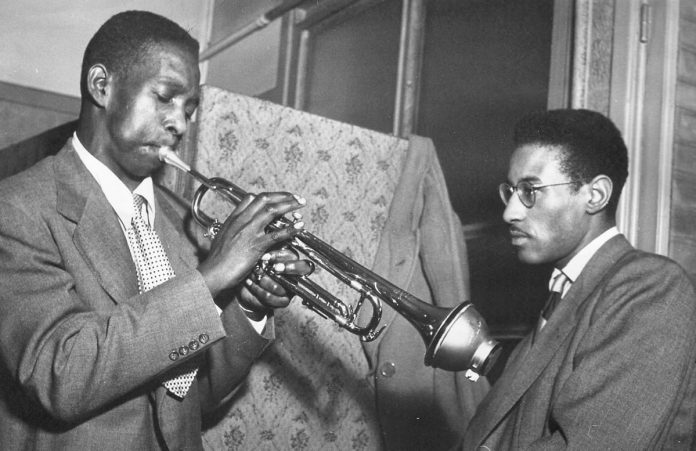The health of an art form should not be gauged by the number of people who claim to be making it. There are other determinants, all of them less physical and more abstract, but not one of them has as great a level of visibility.
Jazz, a form which in many respects could be said to be coming to the end of its shelf life in terms of its ability to evolve and change, has fallen prey to the marketing “industry” to the point where the indifferent musical efforts of “on-trend” jazz graduates are elevated to a point of reverence far in excess of the significance of the music.
This is a triumph, of sorts, even if it’s the kind of triumph which merely makes the jazz lover renew their love for “the greats”. It’s an odd parallel to the periodic resurgence in reverence for the Beatles, which is arguably more correctly identified as nostalgia for what one was too young to remember. Such determinism is, however, not permissive of nuance, or indeed grey areas made multi-coloured if the array of “the greats” is wide enough to take in the likes of, say, Kenny Dorham and Lucky Thompson. Both of them brought an individuality of approach to their music making and thus became the subjects of the most benevolent of cult followings – musicians known to those in the know.
In a sense, the audience that knows is determined by age. A century of music-making cannot be gleaned quickly, no matter how high the level of application. “The greats” are largely no longer with us but their efforts are, and the shadows they cast are large. We return to them to be reminded of an era or eras, and to learn afresh what jazz was once all about. In going back we remind ourselves perhaps that we can’t go back. But what we can do is compare and contrast, then resign ourselves to the fact that any conclusions we come to are entirely subjective, formulated by our sensibilities. Such formulations are still going on, but the passing of time and the fractured nature of the present day renders them as a mere detail in a cultural landscape huge in the number of ways culture is consumed, yet reduced by superficiality and tapping a need to belong and the desire to be seen as “hip” – a status which in itself is emblematic of purposeless competitiveness.
















